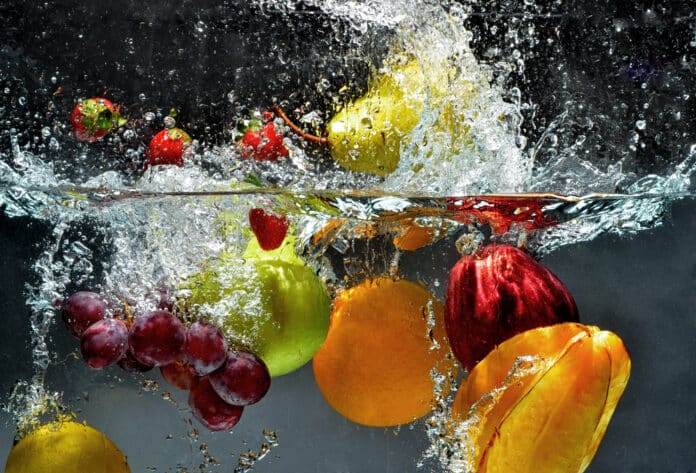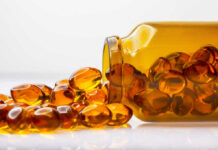
Before eating fruits and vegetables, it is advisable to rinse them with water to remove unwanted surface residue properly. However, the COVID-19 pandemic gave rise to more abrasive washing methods. This guide looks at the best practices for washing different fruits and vegetables.
Why You Must Wash Fresh Fruits and Vegetables
Properly washing fruits and vegetables reduces your digestion of potentially harmful residues and germs. By adequately washing these items, you can reduce contaminants left on them as they head to your kitchen.
Best Fruits and Vegetables Cleaning Methods
While rinsing fresh produce with water is a long-accepted method, the pandemic caused people to advocate for added measures. These include washing with soap, vinegar, or lemon juice.
However, the Food and Drug Administration (FDA) and Centers for Disease Control (CDC) urge consumers to avoid this option. This is because such substances can lead to further health dangers. Additionally, substances like lemon juice can leave more residue on your food.
How to Wash Vegetables and Fruits with Water
Before washing fresh produce, your hands must be properly washed with soap and water. You also need to be sure that the utensils and surfaces for preparing your products are properly cleaned. The general methods for washing produce are as follows:
Leafy Greens
Spinach, lettuce, and cruciferous vegetables like Brussels sprouts should have their outer layers removed. Next, submerge them in a bowl of cool water. Finally, swish, drain, and rinse them with fresh water.
Firm Fruits and Vegetables
You can brush them with a clean and soft bristle brush to remove residue from their pores. This goes for fruits with firmer skins, like lemons, apples, and pears. It also works for root vegetables like carrots and turnips.
Delicate Fruits and Vegetables
Berries and mushrooms which can fall apart should be cleaned with a steady stream of water. You can also add gentleness to your finger to remove grit.
After thoroughly cleaning your produce, dry it with a cloth towel or clean paper. If you have more fragile produce, you can roll them around on a towel. This allows you to dry them without damaging them.
Conclusion
Health concerns from the COVID-19 pandemic have made consumers think about more aggressive washing methods. However, these measures are not necessary and can be dangerous. You can effectively clean most fruits and vegetables with cool water and light friction.
If the produce has more layers, you can thoroughly wash it by swishing it in a bowl of cool water to remove dirt particles.



















